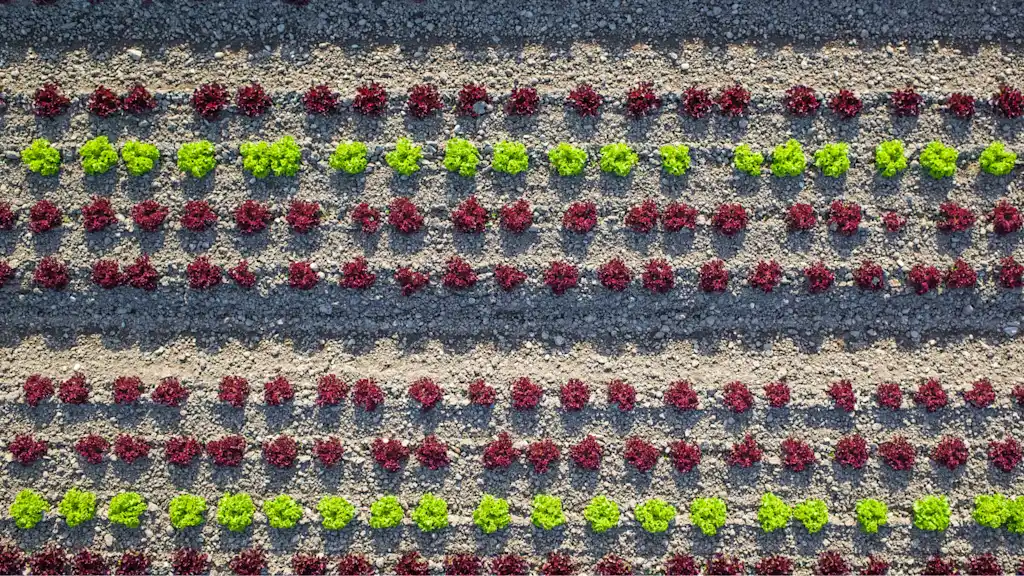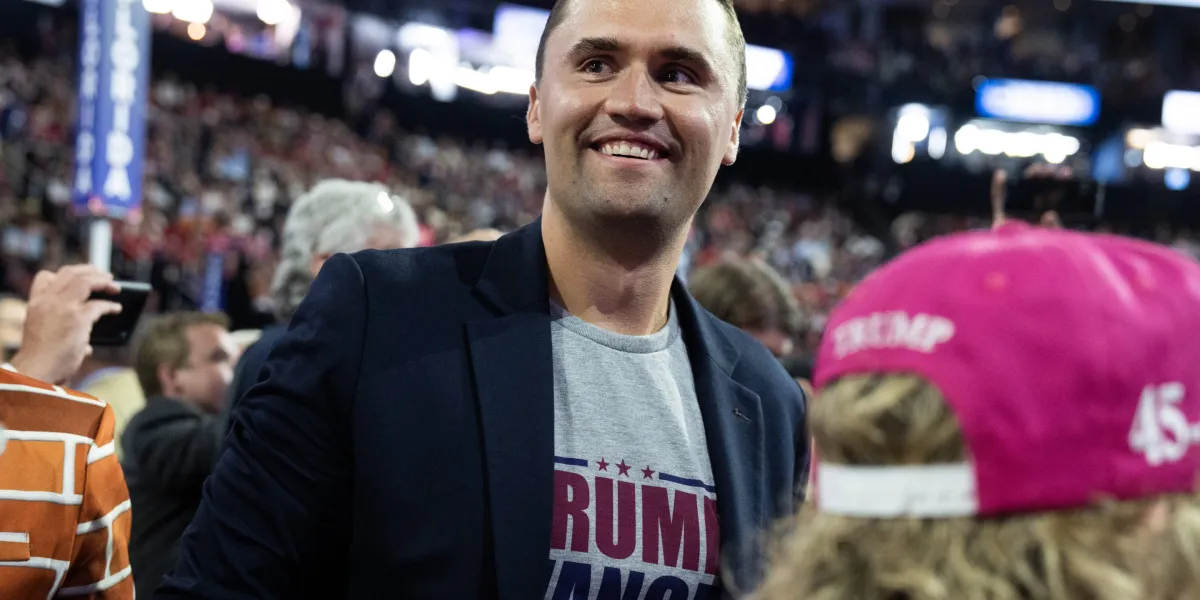
A few years ago, I read an article that changed how I think about bourbon. It wasn’t about distilling or aging. It was about bread.
Bread Is Broken by Ferris Jabr explores how modern industrial farming stripped grains of their flavor and nutritional value in exchange for higher yield, longer shelf life, and cost efficiency. As I read, I kept wondering if flavor has been lost in wheat; what does that mean for the wheat in our whisky?
So, I called Dr. David Van Sanford, a wheat breeder at the University of Kentucky, to ask if anyone had studied how farming practices impact flavor. He paused and said, “You’re the first person who’s ever asked me that.”
That one question, nearly a decade ago, reenergized our pursuit of flavor. In that time, we expanded our farm operations, benchmarked our sustainability efforts, and doubled down on new regenerative processes: no-till farming, cover cropping, and crop rotation, which we knew would create healthier soil and therefore better flavor in our bourbon, and launched Star Hill Farm Whisky.
Subscribe to the Daily newsletter.Fast Company’s trending stories delivered to you every day
Privacy Policy
|
Fast Company Newsletters
As we approach Climate Week in New York City, where regenerative agriculture is gaining attention, I want to share three lessons I’ve learned over the past 10 years that continue to guide our work.
1. Cultivate an infinite mindset
When new leaders join our team, I often hand them a copy of Simon Sinek’s The Infinite Game. What really struck me about Sinek’s book is the idea that an infinite mindset isn’t about “winning” in the traditional sense; it’s about ensuring the game continues. For me, that means stewardship over short-term gains: How do we leave the land, our bourbon, our culture, and our industry stronger than we found it?
That perspective has shaped the way I lead, and it directly connects to regenerative agriculture, which is all about investing in farmland to become more nutrient-dense, flavorful, and resilient for the future. Bourbon is, after all, an agricultural product. If we want bourbon to have a future every bit as rich as its past, we have to be thinking about the long game. Increasingly, distillers are.
2. Don’t go at it alone
When our team unlocked the deep connection between soil health and flavor, we knew we couldn’t do this alone so we sought out scientists, farmers, researchers, and thinkers like Gabe Brown, whose work on regenerative systems helped shape our approach. We quickly found our tribe.
We’ve built a lasting partnership with Regenified™ and its CEO, Salar Shemirani, working alongside their team to recognize and certify farmers, ranchers, and communities for their dedication to biodiversity, soil health, water quality, and ecosystem resilience.
To amplify their work and the work of Gabe Brown’s Understanding Ag, we launched the Maker’s Mark Regenerative Alliance this year, which provides education and technical support to build healthy farm ecosystems—beginning in the greater Kentucky, New York, and London areas.
We’ve already begun onboarding (and continue to invite) farms, bars, and restaurants to adopt regenerative practices in their sourcing, operations, and menu storytelling. You can nominate a farm or restaurant that is already practicing regenerative agriculture to join our alliance and help amplify their work.
3. Be uncompromising about what matters
When my grandparents, Margie and Bill Samuels Sr., founded Maker’s Mark, they chose outlying land in Loretto, Ky, because of its natural water source and proximity to growers. They challenged convention to create a balanced handmade spirit rooted in the land.
Now more than ever, people want the products they enjoy and brands they buy to have a higher purpose, be transparent, and authentic to who they are. For us, that translates to an unreasonable commitment to quality made with respect for the land.
advertisement
And it’s encouraging to see distilleries adopting practices that go beyond business as usual, pursuing certifications like B Corp™ and Regenified™ and collaborating through initiatives like the Estate Whiskey Alliance (EWA).
As a founding member of the EWA, we’re working alongside whiskey producers, farmers, academic institutions, and suppliers who believe transparency and traceability in ingredient sourcing and production methods are essential for both business and consumers. In just one year, EWA has nearly tripled its membership, certified its first products, and funded groundbreaking research. These are all important steps toward making regenerative farming the expectation rather than the exception.
For businesses ready to take similar steps, B Corp™ offers a clear framework and pathway to embed social and environmental responsibility into the heart of operations. Getting involved begins by completing the B Impact Assessment to measure your current impact and chart a course toward certification. Like joining the EWA, it’s an opportunity to be part of a broader movement where collective action accelerates change.
These efforts demonstrate that the industry can create a more resilient and sustainable future for bourbon, agriculture, and future generations.
So, what does bourbon have to do with the future of farming? More than you might think.
Rob Samuels is managing director and 8th-generation whisky maker at Star Hill Farm.



